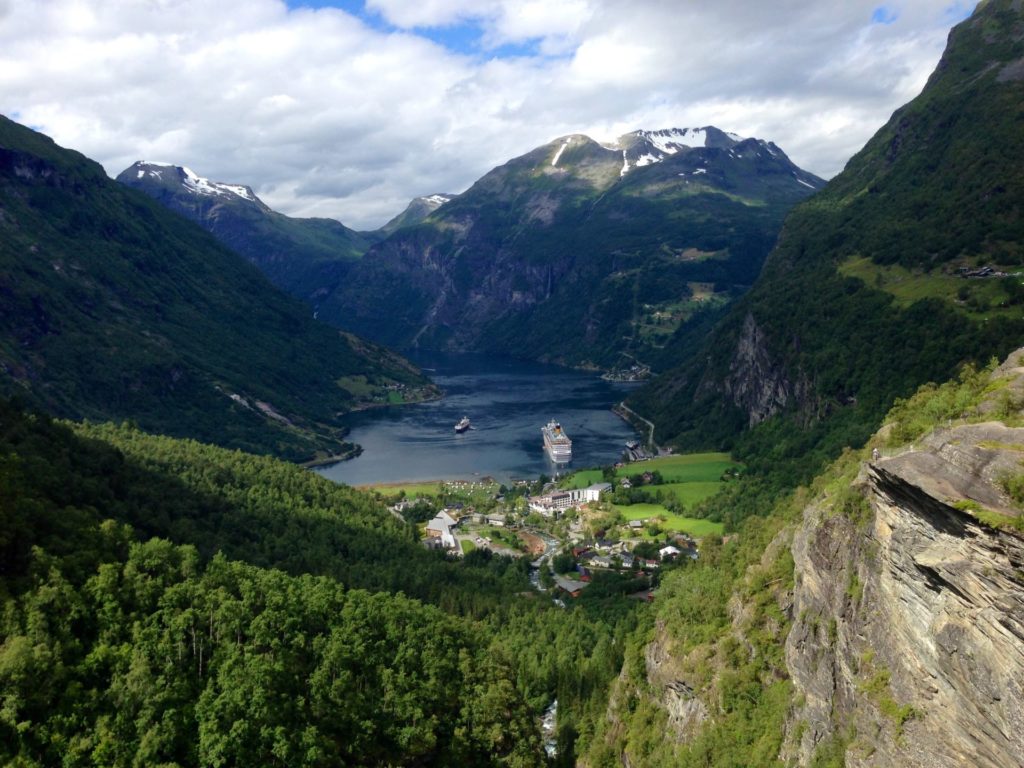Anyone else resigned to another DNS ski season? Like us, you probably have wintersports pals who have abandoned trying to pre-plan a ski trip. Maybe you’ve held back from the Eurotunnel crossing in favour of the increasingly common ‘wait and see’ approach – particularly if you’ve got school-age kids.
The complications of daily testing in resort, the risks of possibly racking up a Covid19 positive before starting the journey home and the dread of forcing children to miss yet more schooling through self-isolation on their return, make a pre-booked ski trip simply not feasible for many families.
Disappointing for us – but good news for the UK’s indoor real snow slopes that look set to mop up the thousands who are not going to make it to the mountains this winter.
The fact is that not being able to get to the Alps or Dolomites doesn’t mean you and the kids have to miss out on your piste time. This could be a bumper season for indoor snow centres as, to be frank, there really isn’t much in the way of outdoor skiing infra unless you’ve got Glencoe on your doorstep.
If you want your fix of the white stuff, you’re probably going to have to ski and snowboard indoors this winter.
Snow centres have come a long way since the Tamworth Snowdome opened back in 1994. Now there’s a growing network of indoor ski and snowboard centres across the UK. Check out the Ski Club of Great Britain info page here for the full range of real snow and dry ski slopes across GB.
A word of advice: get your sessions booked NOW – we predict high demand this winter, with so many families disappointed by not being able to get their mountain fix. Why not take the opportunity to learn the basics on a snowboard, grab a few lessons to spruce up your technique or even take your Level 1 instructor exams (could be the perfect Christmas present for an older teen…)?
And fingers’ crossed that the health climate improves enough between now and Easter to allow that long-awaited trip to our favourite pistes before the season is through.
















